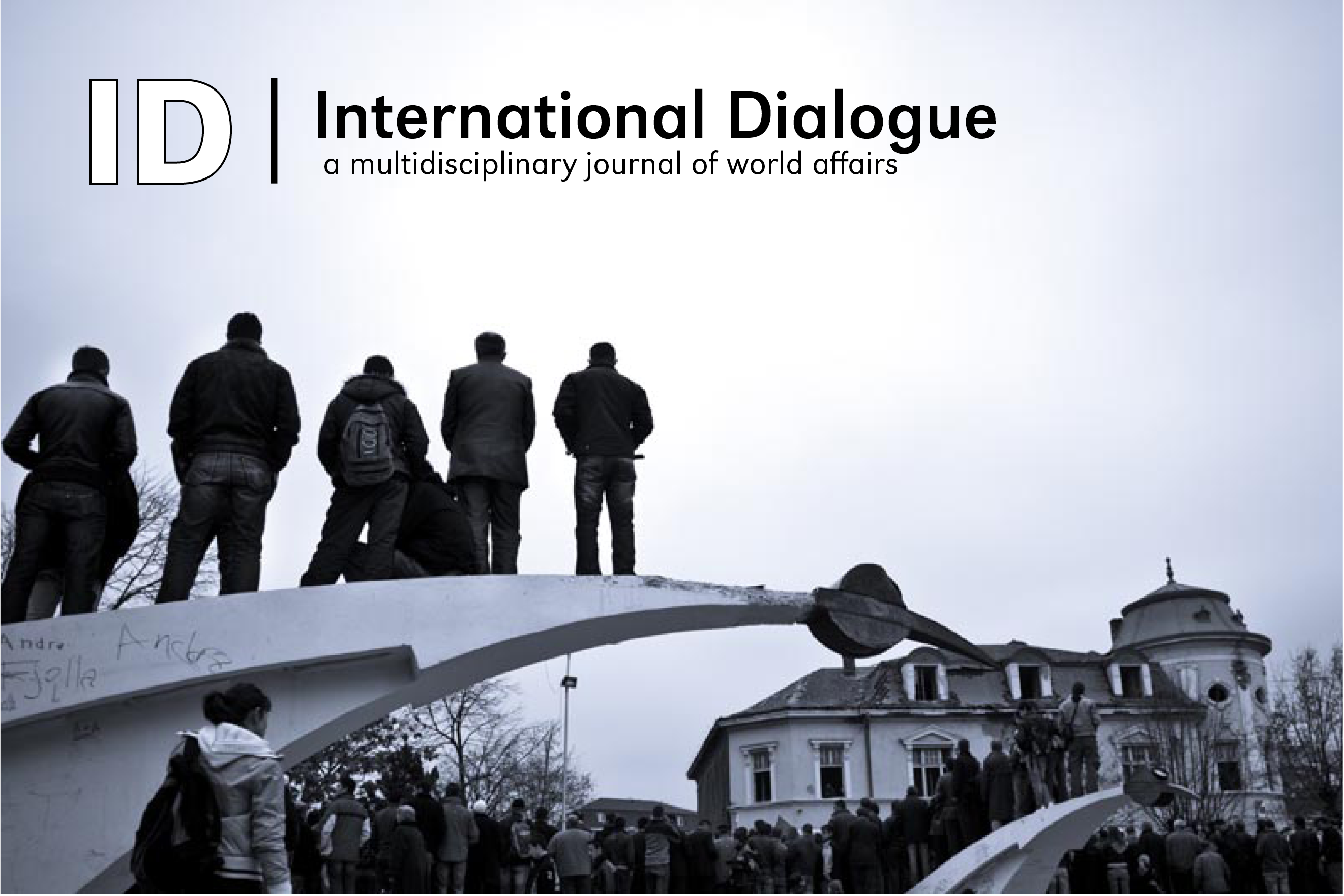International Dialogue

Abstract
Edith Clowes’ Russia on the Edge is an engaging and accessible examination of three central questions of post-Soviet Russia: What is Russia? Who are the Russians? Where is Russia? The last question might be odd, given that the physical borders of the Russian Federation are not in doubt, since they are the same as those of the Russian republic borders from the Soviet period. However, when it comes to the creation of a post-Soviet Russian identity, the physical borders are secondary to how they are imagined. As stated in the preface: if Soviet identity was defined largely in terms of “time”—“linked to a vision of the Soviet state at the vanguard of history”— the post-Soviet debate over Russian identity “has been couched in spatial metaphors of territory and geography” (xi). Thus, “[the] geographical metaphors dominant in current discourse about identity convey the sense that who a Russian is depends on how one defines where Russia is” (xii). As such, the three questions of What? Who? and Where? are all interrelated: the construction of Russian identity after the collapse of the USSR is inherently tied to an emerging sense of, and more importantly the imagination of, geographic space.
Recommended Citation
Ambrosio, Thoams
(2011)
"Russia on the Edge - Edith Clowes,"
International Dialogue: Vol. 1, Article 6.
DOI: https://doi.org/10.32873/uno.dc.ID.1.1.1006
Available at:
https://digitalcommons.unomaha.edu/id-journal/vol1/iss1/6
Included in
Ethics and Political Philosophy Commons, International and Area Studies Commons, International and Intercultural Communication Commons, International Relations Commons, Political Theory Commons
